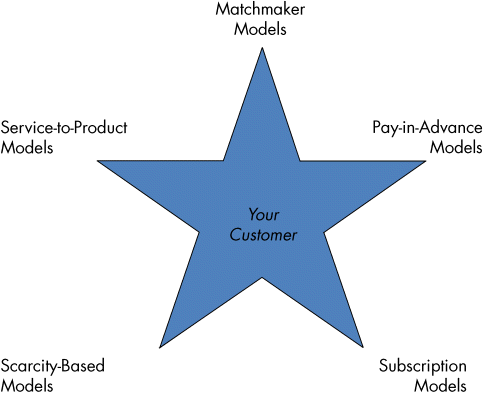2Customer-Funded Models: Mirage or Mind-Set? Old or New?

In 1492, Queen Isabella of Castile had a problem. The Spanish court of Queen Isabella and King Ferdinand had been fighting the Moorish Kingdom in Granada, and had recently been excluded from West Africa by treaty.1 This meant that important sources of tribute to the royal coffers had been lost. Waging a war has always been expensive, even in the late Middle Ages, and Isabella, a powerful and strikingly beautiful lover of jewelry and elegant gowns,2 needed to replace the lost tribute with another source. Christopher Columbus, who needed capital to set off to find a new trade route to India, offered a possible solution.
Columbus, like many entrepreneurs today, had an entrepreneurial dream: to gain fame, fortune, and (not least) aristocratic status by establishing a direct trade route to India. Though it took him more than five years of dogged pursuit to convince Queen Isabella, his tenacity finally paid off. On April 17, 1492, Columbus was finally granted the funding he needed, in return for 10 percent of the profits, noble status, and hereditary governorship—to him and his descendants—of whatever new territories he might find along the way. His investor, the royal court of Spain, was at last on board! Three months later, on August 3, his expedition set sail into the vast unknown on three now-famous ships, the Niña, the ...
Get The Customer-Funded Business: Start, Finance, or Grow Your Company with Your Customers' Cash now with the O’Reilly learning platform.
O’Reilly members experience books, live events, courses curated by job role, and more from O’Reilly and nearly 200 top publishers.

